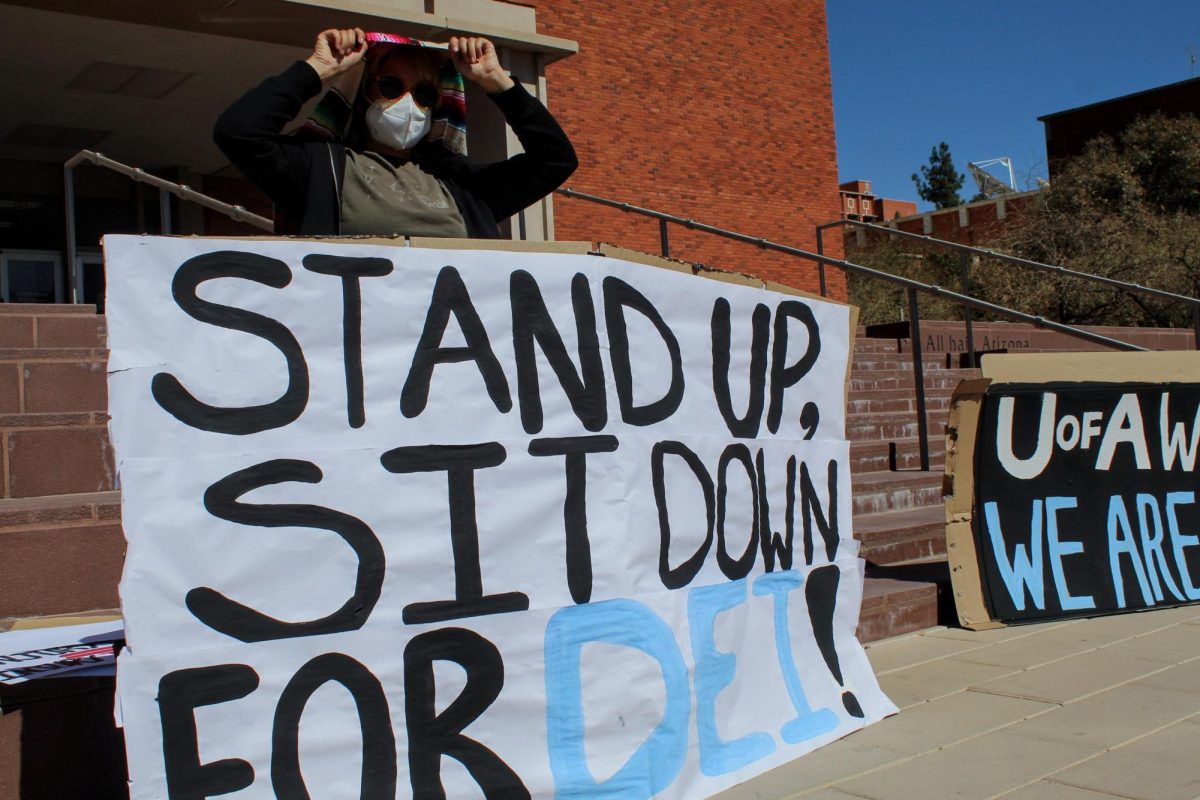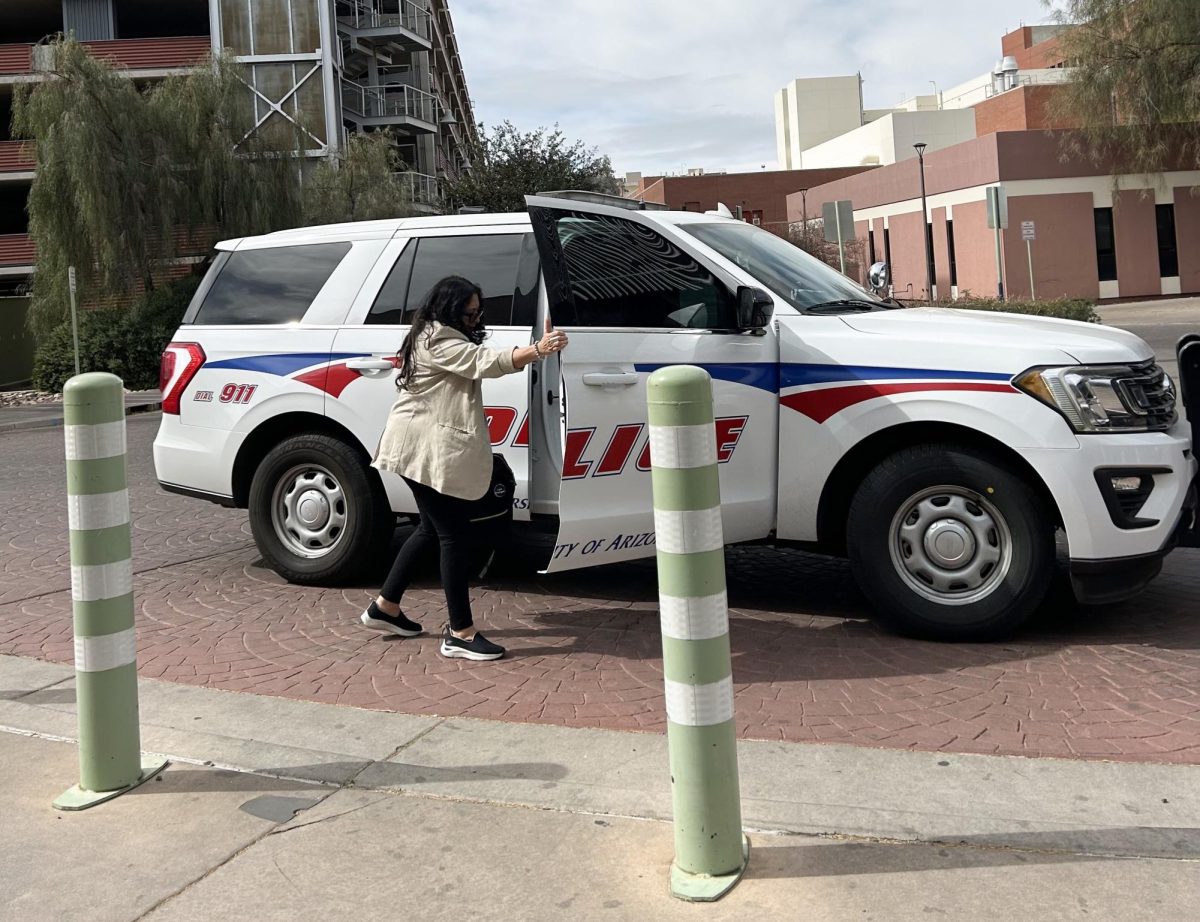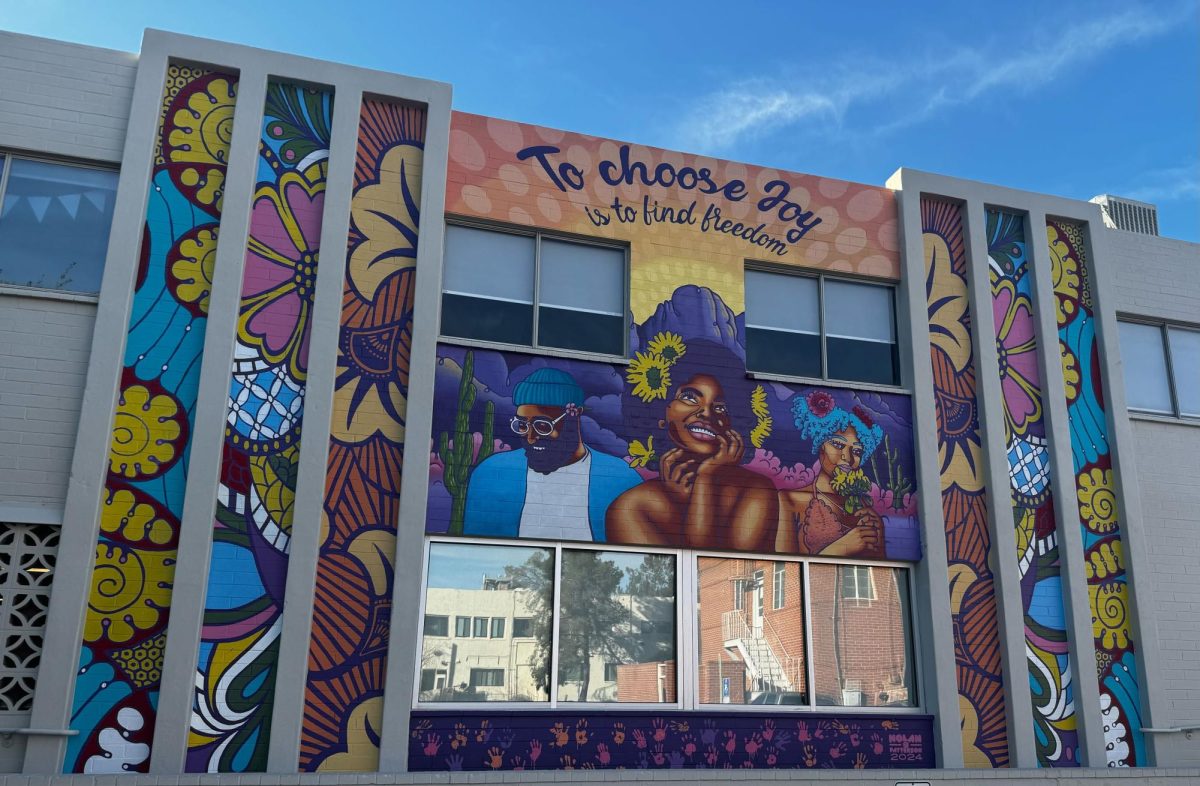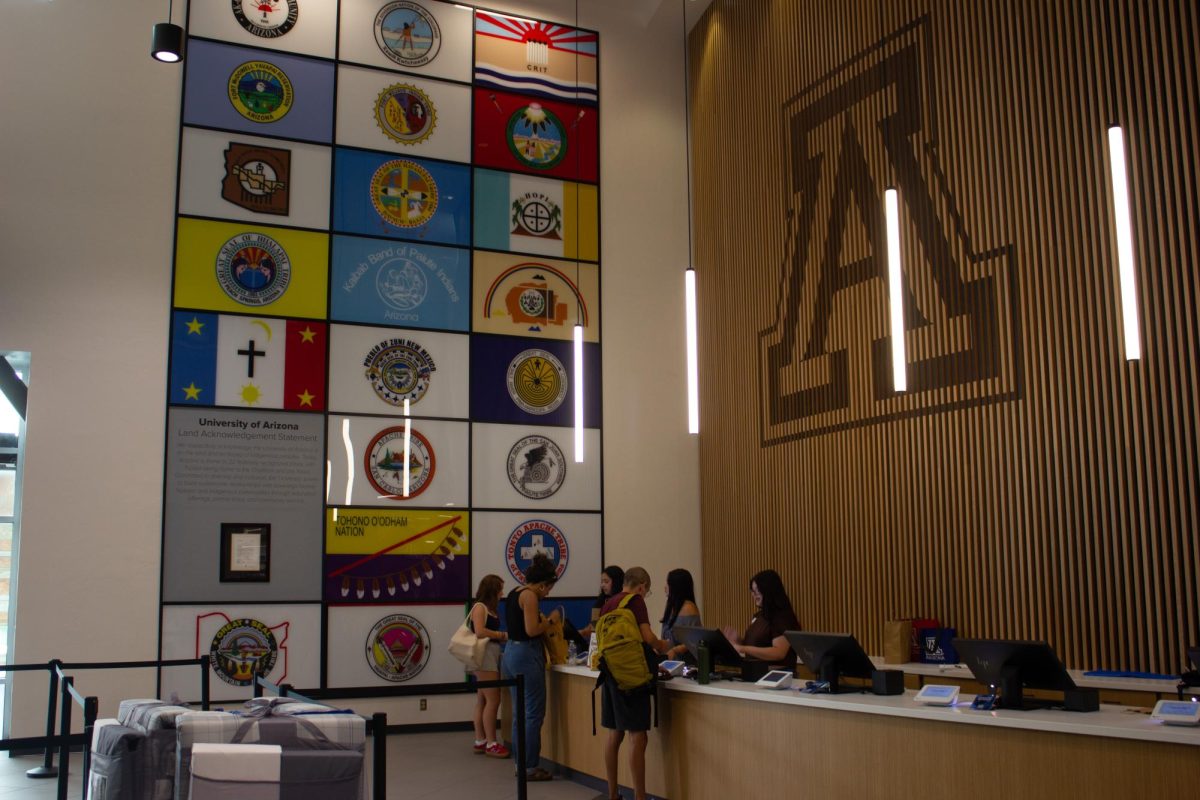President Barack Obama recently announced changes to the process that millions of students across the U.S. use to help pay for college. On Sept. 14, the president laid out revisions to the Free Application for Federal Student Aid.
According to the UA Office of Scholarships and Financial Aid, FAFSA is comprised of three major financial assistance components: Federal and Institutional Grants, Federal Student Loans and Federal Work-Study.
Essentially, if a student would like financial aid for college from the federal government, FAFSA is a necessity.
According to the U.S. Department of Education’s Office of Federal Student Aid, there are two major changes which begin for the 2017-2018 FAFSA application.
The first adjustment to the FAFSA is the start date. Beginning Oct. 1, 2016, students will be able to fill out their forms. In previous years, the start date was Jan. 1.
This process will continue each year. For example Oct. 1, 2017, will be the first available day for students to file a 2018-2019 FAFSA.
Janet Landry, a neuroscience and cognitive science junior, is happy with this change.
“The earlier FAFSA will give students more opportunity and time to apply,” Landry said.
Another key component, according to Landry, is that students need to be educated on how to fill out FAFSA.
According to the U.S. Office of Federal Student Aid, the second change to FAFSA is that students can now use tax information from the previous two years, as opposed to simply the previous year.
Now, students filling out their parents tax information will go through a much easier process.
“It’s annoying having to manually retrieve your parent’s tax info,” said Andrew Fleming, a molecular and cellular biology senior.
By going back to the previous-previous tax year, students will be able to use the IRS tax retrieval tool, which automatically syncs parent’s tax records to FAFSA.
According to a White House press release, 6 million students filed a FAFSA for the 2014-2015 school year. The press release goes on to say that an estimated 2 million students who are in college would have been eligible for a Federal Pell Grant, but simply did not fill out FAFSA.
These 2 million students are exactly who the White House hopes to help by making reforms to the application.
According to the FAFSA completion reports from the U.S. Department of Education, the UA received 37,656 FAFSA applications in the first quarter—Jan. 1 to March 31, 2015—of the 2015-2016 year.
The White House press release mentions that by moving the start date for the FAFSA back to Oct. 1, it hopes to relieve some of the pressure that FAFSA places on colleges across the country.
Follow Matthew Rein on Twitter.









